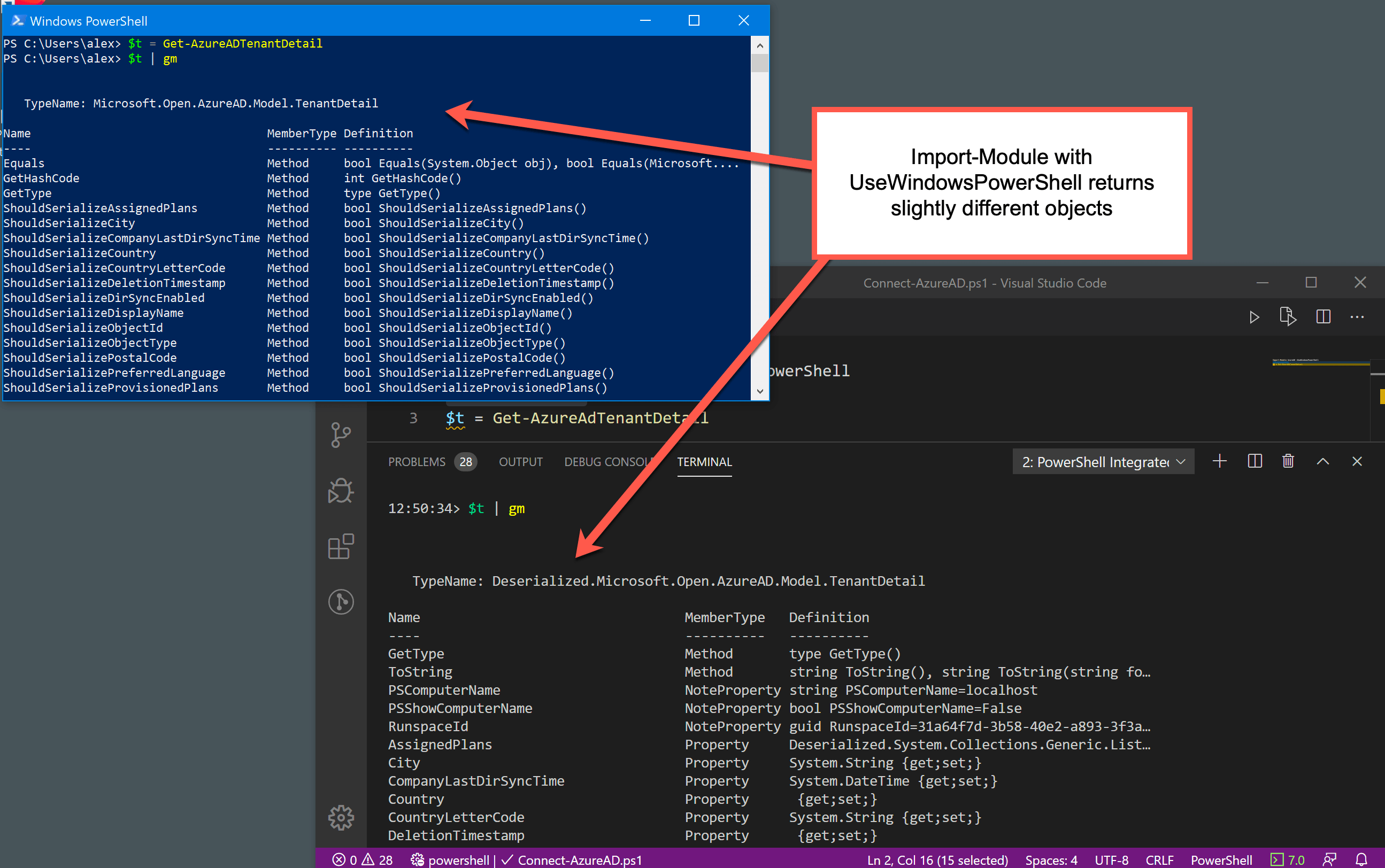

+ FullyQualifiedErrorId : NoCOMClassIdentified. + CategoryInfo : ResourceUnavailable: (:), COMException To create an instance of a COM object, use the ComObject parameter and specify the ProgID of. The key difference between the 2.0 version and 1.0 version from an administrative point of view is. For systems using PowerShell v2.0 or earlier, New-Object must be used. If required Set the Title and the Save the excel. First let you Open the excel and add a chart details in the sheet as shown below. Let you create the excel sheet similar like below before we moving to the scripting part. NET Framework class and the cmdlet returns a reference to an instance of that class. For starters, the New-Object cmdlet was introduced in PowerShell v1.0 and has gone through a number of changes, while the use of the PSCustomObject class came later in v3.0. Before executing the script, we need the data in a tabular format which is to be used to create a chart in the Excel. By default, you type the fully qualified name of a. To save it you need to call the save or Saveas method or send it back to Export-Excel. PARAMETER PassThru If specified, Export-Excel returns an object representing the Excel package without saving the package first.

NET Framework class or a ProgID of a COM object. If specified, Export-Excel returns the range of added cells in the format 'A1:Z100'.
#POWERSHELL 5.1 NEW OBJECT EXCEL WINDOWS#
+ $excel = New-Object -ComObject excel.application NET Framework 3.x- GAC (only), so Windows PowerShell is able to find it by the assembly's simple name (partial name),. You can use Add-Member to create a custom object out of a simple type, like System.Int32. Add-Member: Adds properties to existing objects. New-Module: The AsCustomObject parameter creates a custom object you define using script block.
#POWERSHELL 5.1 NEW OBJECT EXCEL ZIP FILE#
Powershell #Environment Variables $FolderPath = "D:\OD\OneDrive - path to file\supplier\" $FileName = "Supplier.txt" $ZipName = "Supplier.zip" $XlsxName = "Supplier.xlsx" #Script Variables $FullFilePath = $FolderPath + $FileName $FullZipPath = $FolderPath + $ZipName $FullXlsxPath = $FolderPath + $XlsxName $delimiter = "|" #Specify the delimiter used in the file #See if last weeks zip file still exists and delete it if ( Test-Path $FullZipPath ) failed due to the following error: 80080005 ServerĮxecution failed (Exception from HRESULT: 0x80080005 (CO_E_SERVER_EXEC_FAILURE)).Īt D:\Scheduled Scripts\ZipBolloreFile.ps1:32 char:10 Add-Type: Allows you to define a class in your PowerShell session that you can instantiate with New-Object.


 0 kommentar(er)
0 kommentar(er)
